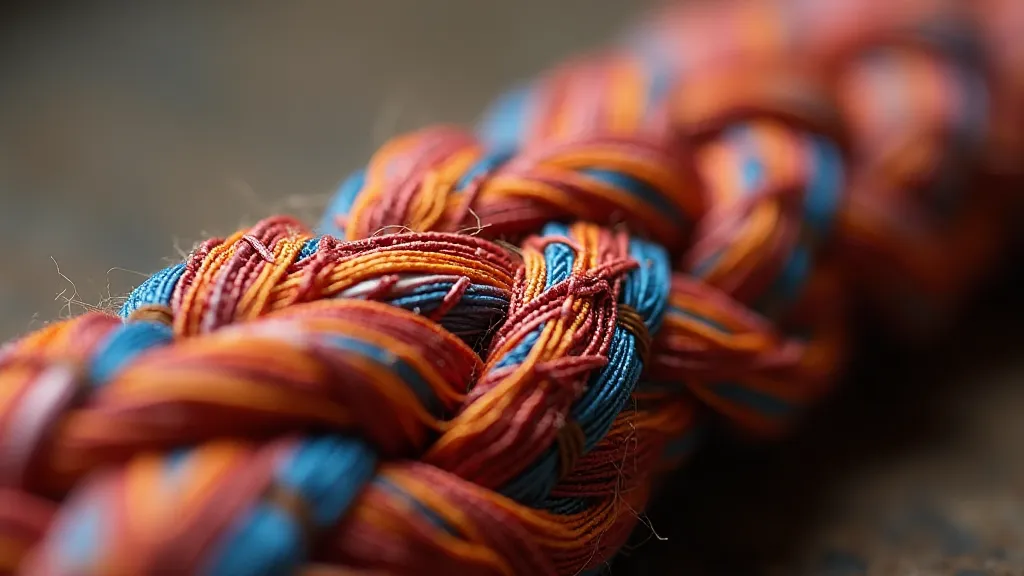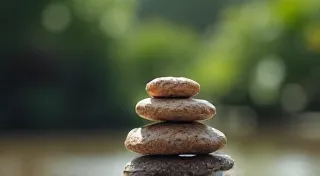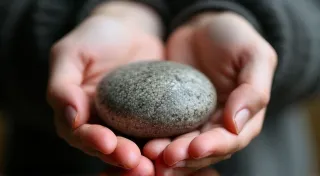A Legacy in Strands: Kumihimo's Transmission Through Generations
The scent of beeswax and aged wood. The whisper of threads meticulously interwoven. These are the sensory echoes that accompany the exploration of Kumihimo braiding, a Japanese craft as much about connection as it is about creation. It’s a lineage etched not just in documented history, but within the nimble hands of artisans, passed down through families and communities, carrying with them a weight of tradition and a subtle grace. Thinking about Kumihimo, I'm often reminded of a well-loved antique accordion, its bellows patched and carefully maintained, each key a testament to countless melodies played, a physical manifestation of musical history continuing through a single, dedicated player.
Kumihimo – literally “gathered threads” – isn't just about cord making; it's about preserving a vital aspect of Japanese cultural heritage. While the precise origins remain shrouded in some mystery, the earliest evidence suggests its presence as far back as the Kofun period (3rd to 6th centuries CE). Initially, these braids served a purely functional purpose: securing armor, creating sashes for kimonos, and binding scrolls. But over time, the craft blossomed into an art form, its intricate patterns and vibrant colors becoming symbols of status and refinement. During the Nara and Heian periods (8th to 12th centuries CE), Kumihimo’s aesthetic significance grew considerably, becoming deeply intertwined with the imperial court and Buddhist temples.
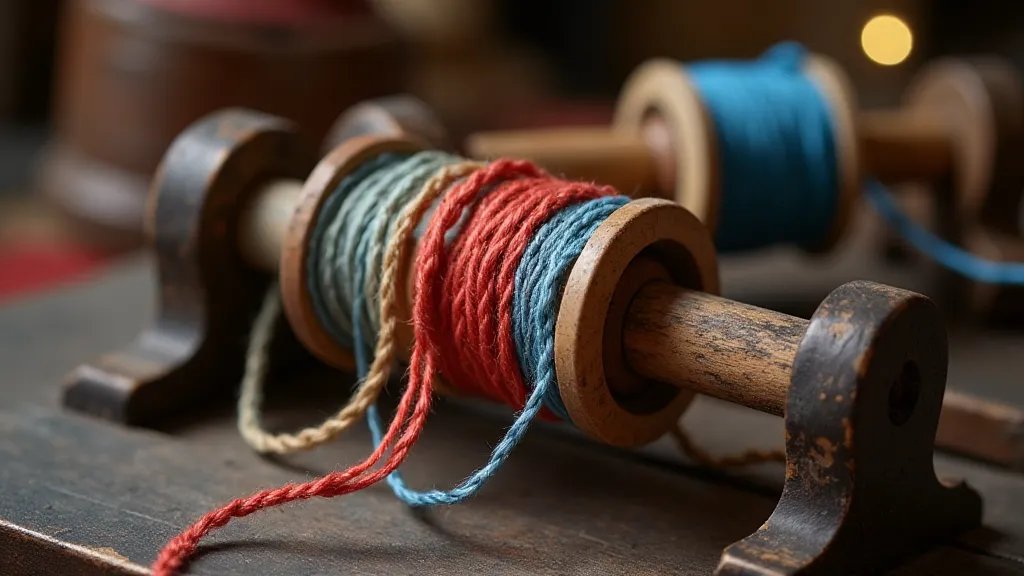
The Samurai's Cord: Function and Status
Perhaps the most historically significant application of Kumihimo was in the crafting of sagemon – decorative cords used to adorn samurai armor. These weren’t simple bindings; they were elaborate works of art, often incorporating complex geometric patterns and symbolic motifs. The skill in creating sagemon was highly valued, and master braiders held positions of respect within the samurai class. The craftsmanship reflected not only technical proficiency but also an understanding of aesthetics and symbolism, vital components of a warrior's identity. Imagine the dedication required to braid a cord destined to grace the armor of a warrior facing imminent danger – a profound responsibility imbued within each meticulously placed strand.
The techniques used to create these cords were closely guarded secrets, often passed down within families. This emphasis on lineage wasn't solely about maintaining a competitive advantage; it was about preserving a cultural heritage and ensuring the continued quality of the craft. The knowledge wasn't just about the physical steps of braiding; it included an understanding of the materials – the different types of silk, the dyes used to achieve specific colors – and the cultural significance of the patterns themselves.
Beyond the Battlefield: Shifting Roles and Family Traditions
As the samurai class declined in the Meiji era (1868-1912), the primary function of Kumihimo shifted. While it continued to be used in kimono accessories and Buddhist ritual items, new applications emerged, driven by both necessity and creative innovation. Many families who had traditionally served the samurai found themselves needing to adapt, and Kumihimo braiding offered a viable path to economic survival. This period marked a transition from an almost exclusively aristocratic practice to one more accessible to a wider range of people. However, the commitment to quality and the passing down of knowledge remained vital. Mothers taught daughters, grandmothers imparted wisdom to granddaughters – ensuring that the tradition wasn't lost to the winds of change.
My own grandmother, though not a professional braider, taught me a simple eight-strand round braid when I was a child. It wasn’t a complex pattern, but the patience she exhibited, the way her fingers moved with such effortless grace, left a lasting impression. I remember the smell of her beeswaxed thread, a comforting and familiar scent that transported me back to those afternoons spent at her side. That small act of sharing, of transmitting a simple skill, cemented my appreciation for the profound beauty of handcrafted traditions.
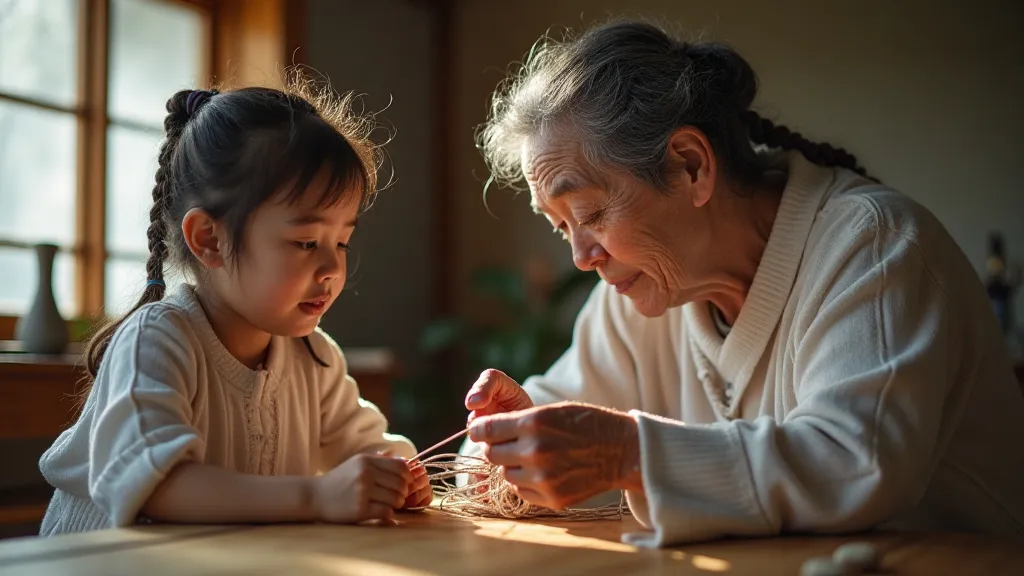
Modern Revival and the Enduring Appeal
In recent decades, there’s been a resurgence of interest in traditional Japanese crafts, and Kumihimo braiding is no exception. While the demands of modern life may necessitate adaptations in materials and techniques, the fundamental principles remain unchanged. Contemporary braiders are exploring new designs and incorporating modern materials, all while honoring the legacy of their predecessors.
For collectors, antique Kumihimo cords offer a unique window into the past. Examining the weave, the color palette, the subtle imperfections – these are all clues to the cord’s history, its maker, and the time it was created. The aging process itself imparts a beauty that is impossible to replicate – a patina of time that speaks to the cord’s enduring quality. Restoration efforts are often undertaken to preserve these precious artifacts, though a light touch is always favored, respecting the cord's authenticity and the marks of its past.
The continued study and practice of Kumihimo braiding aren't merely about preserving a craft; they're about connecting to a rich cultural heritage, fostering a sense of community, and finding solace in the deliberate act of creation. It’s a reminder that some things are worth preserving, worth passing down, generation after generation – a legacy woven into the very strands of these beautiful, enduring cords.
